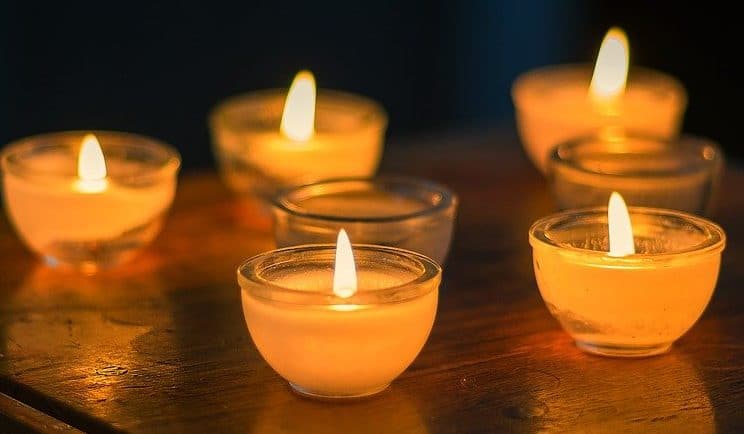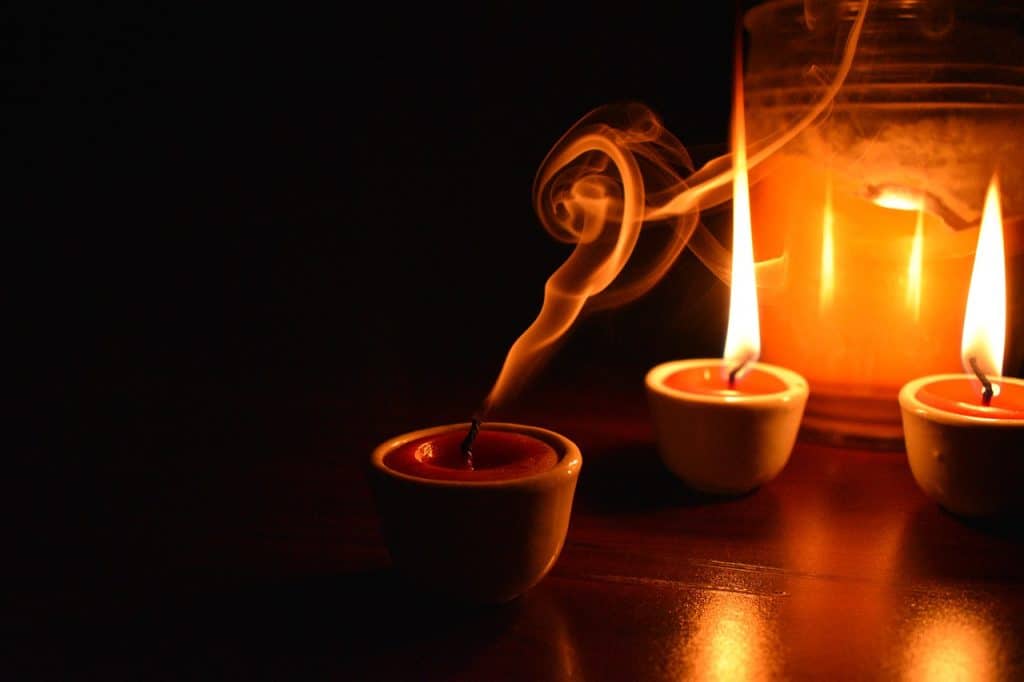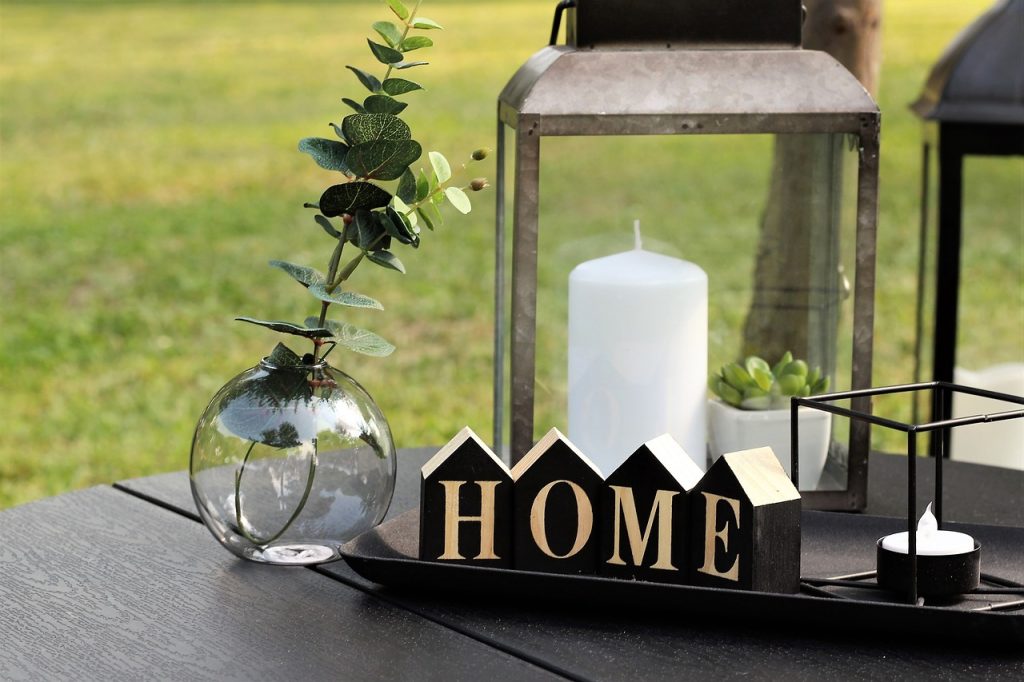Candles are lit in homes primarily as sources of light. Other times they are lit to derive therapeutic and healing properties from the smell they give off. Candles are also lit for aesthetic reasons such as, as decorative pieces and also as ceremonial pieces.
Irrespective of their use, candles should be burned rightly to avoid potential health hazards as well as environmental hazards. Before candles are lit, the length of their wick should be checked. It must not exceed a certain limit or fall below that limit. Also, the top of the candle should be checked for debris which may hinder the candle from burning well or may make the candle give off dangerous substance when burned. These and many other things should be looked out for on the candle before it is burned. Apart from the candle itself, the environment in which the candle is to be lit should also be checked. All these are to ensure that the candle burns well, gives off a good scent throw (if it is a scented candle), and does not burn giving off chemicals in amounts that are injurious to health.
LIGHTING/ BURNING CANDLES APPROPRIATELY
Lighting or burning candles may seem so easy. It may look as easy as striking a match stick or igniting a lighter. While lighting a candle may be easy, it goes farther than just striking a match or igniting a lighter, there are things to check out for before lighting the candle, when lighting the candle and after lighting the candle. This is to ensure optimum result when in use. Basically, the three factors to consider before a candle is lit are:
- The candle itself
- The burning time
- The environment where the candle is burned.
THE CANDLE ITSELF
Every part of a candle must be checked out for if one wants to obtain good results from candle burning. The very first thing to consider about a candle is the ingredients from which it was made. This should be done right before acquisition. When candles are not made from good ingredients, they may be injurious to the health of those in the areas where it is burned. They can also affect the environment negatively, due to the emission of unwanted substances. Generally, the best candles are those made from soy wax, cotton wick, natural essential oils (if scented) and natural dyes (if colored), although, other natural ingredient combinations may be perfect too. After the candle with the right ingredient combination must have been sorted out for, other things to be checked out for before lighting the candle include:
- The wick length
The wick length must be cut, if long. The standard length in which the wick should be kept at is between 1/8 and 1/4 inch. This should be checked out for and done every single time before a candle is lit.
- The top of the wax
Before lighting a candle, you should check out for debris which may be deposited on top of the wax. These debris when burned along with the candle may produce the same negative effect as a long wick would.
When the candles are burned their centers should be checked for tunneling. To ensure that this is not the case, you’d have to make sure the candle’s wax melts all the way across. After burning candles, they should be stored properly.
THE BURNING TIME
Typically a candle is to be burned for 2-4 hours or even more. This may vary from piece to piece, so it is best to check the manufacturer’s instruction for optimum burning time.
THE ENVIRONMENT WHERE THE CANDLE IS BURNED
This is the most important session in this article as it addresses the topic. Before a candle is lit, the environment in which the candle is to be burned must be considered. Is the candle lit close to a window? Does the room have the right supply of air? Is the room big enough? Is the room open or closed? All these questions boil down to ventilation. Before burning candles in a room you must make sure the room is well-ventilated. NEVER LIGHT A CANDLE IN A CLOSED ROOM OR A POORLY VENTILATED ROOM.
WHY IS IT BAD TO LIGHT A CANDLE IN A POORLY VENTILATED/CLOSED ROOM?
When candles are burned, they give off gases some of which may be carcinogenic, depending on the ingredients from which they were made. For instance, candles made from paraffin wax, which is one of the most commonly used wax for making candles, may give off volatile organic substances when burned. These volatile organic substances include benzene, acetaldehyde, formaldehyde, toluene etc. These substances may be carcinogenic when inhaled in large quantities. Paraffin wax is petroleum-based. It has the same composition as most petroleum product; hence, it is expected to give off similar gases emitted by other petroleum products like gasoline. Scented candles too can give off some harmful gases which can also pose health risks when consumed it large amounts.
Candles also produce soot when burned. This soot appear as black marks on walls and ceilings. They are also observed as black particles inside the nose. This soot can be toxic as well, as it can cause carbon monoxide poisoning when consumed in large amounts. Carbon monoxide reduced the ability of blood to carry oxygen round the body. This is dangerous!
Truth be told, all these toxic substances produced by candles are produced in very minutes quantities that may not be capable of causing any likely damage to the environment or your health. But if the candles are burned in enclosed spaces, the harmful gases will be enough to amount in quantities that may be harmful to health. So, to be on a safe side, it is best to ensure proper ventilation before lighting up a candle. Also, too many candles should not be lit in a small room as the combined emission of gases can result in harmful amounts.
Take home
Candles MUST never be burned in a closed room. In addition to a well-ventilated room, the following can also be considered when using candles at home
- Use of candle warmers
- Use of air purifiers
- Humidifiers.




